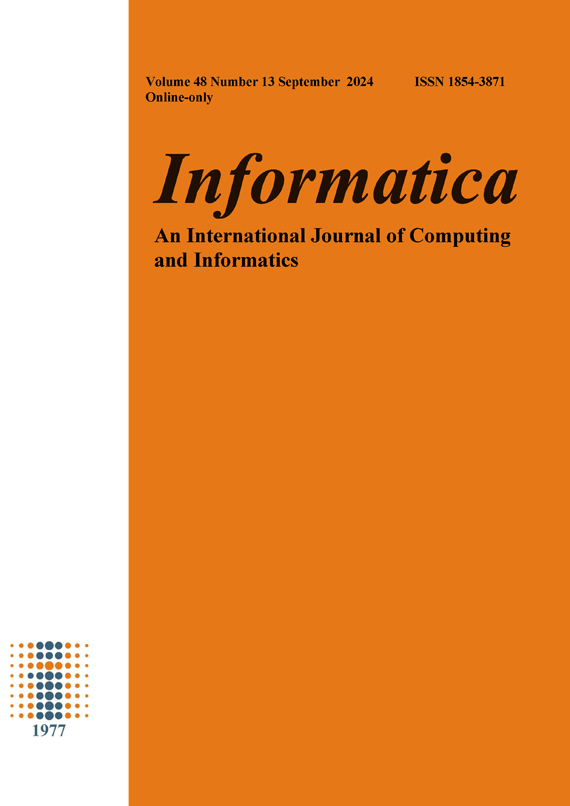Monitoring and Prediction of Settlement and Deformation of Ancient Building Foundations Based on Neural Networks
DOI:
https://doi.org/10.31449/inf.v48i13.6011Abstract
With the rapid development of the tourism industry, the visual value of ancient buildings gradually increases. And the prediction and protection of ancient building foundation settlement based on neural networks have been developed. When traditional methods are used to monitor and predict the settlement and deformation of ancient building foundations, complex factors such as water environment and geological conditions can bring noise to the experimental results. Deep belief was introduced into grey artificial neural networks to effectively denoise the corresponding model and enhance its ability to process data. And stress analysis was conducted on the ancient building foundation in the experiment to generate a composite model. Experiments were conducted on the Abfound dataset and three models were comparedto verify the predictive ability for ancient buildings, including random forest, to verify the superiority of the model. The dimensionality reduction capabilities of four models for building data were 4.6, 3.6, 3.2, and 3.9, respectively, indicating that the optimized model could effectively handle a large amount of data. The composite model had the highest accuracy in predicting the settlement of ancient building foundations, with an experimental data of 99.2%. These experiments confirmed that the proposed composite algorithm performed best in terms of noise reduction and prediction ability, and was suitable for predicting the settlement deformation of ancient building foundations.Downloads
Published
Issue
Section
License
I assign to Informatica, An International Journal of Computing and Informatics ("Journal") the copyright in the manuscript identified above and any additional material (figures, tables, illustrations, software or other information intended for publication) submitted as part of or as a supplement to the manuscript ("Paper") in all forms and media throughout the world, in all languages, for the full term of copyright, effective when and if the article is accepted for publication. This transfer includes the right to reproduce and/or to distribute the Paper to other journals or digital libraries in electronic and online forms and systems.
I understand that I retain the rights to use the pre-prints, off-prints, accepted manuscript and published journal Paper for personal use, scholarly purposes and internal institutional use.
In certain cases, I can ask for retaining the publishing rights of the Paper. The Journal can permit or deny the request for publishing rights, to which I fully agree.
I declare that the submitted Paper is original, has been written by the stated authors and has not been published elsewhere nor is currently being considered for publication by any other journal and will not be submitted for such review while under review by this Journal. The Paper contains no material that violates proprietary rights of any other person or entity. I have obtained written permission from copyright owners for any excerpts from copyrighted works that are included and have credited the sources in my article. I have informed the co-author(s) of the terms of this publishing agreement.
Copyright © Slovenian Society Informatika








